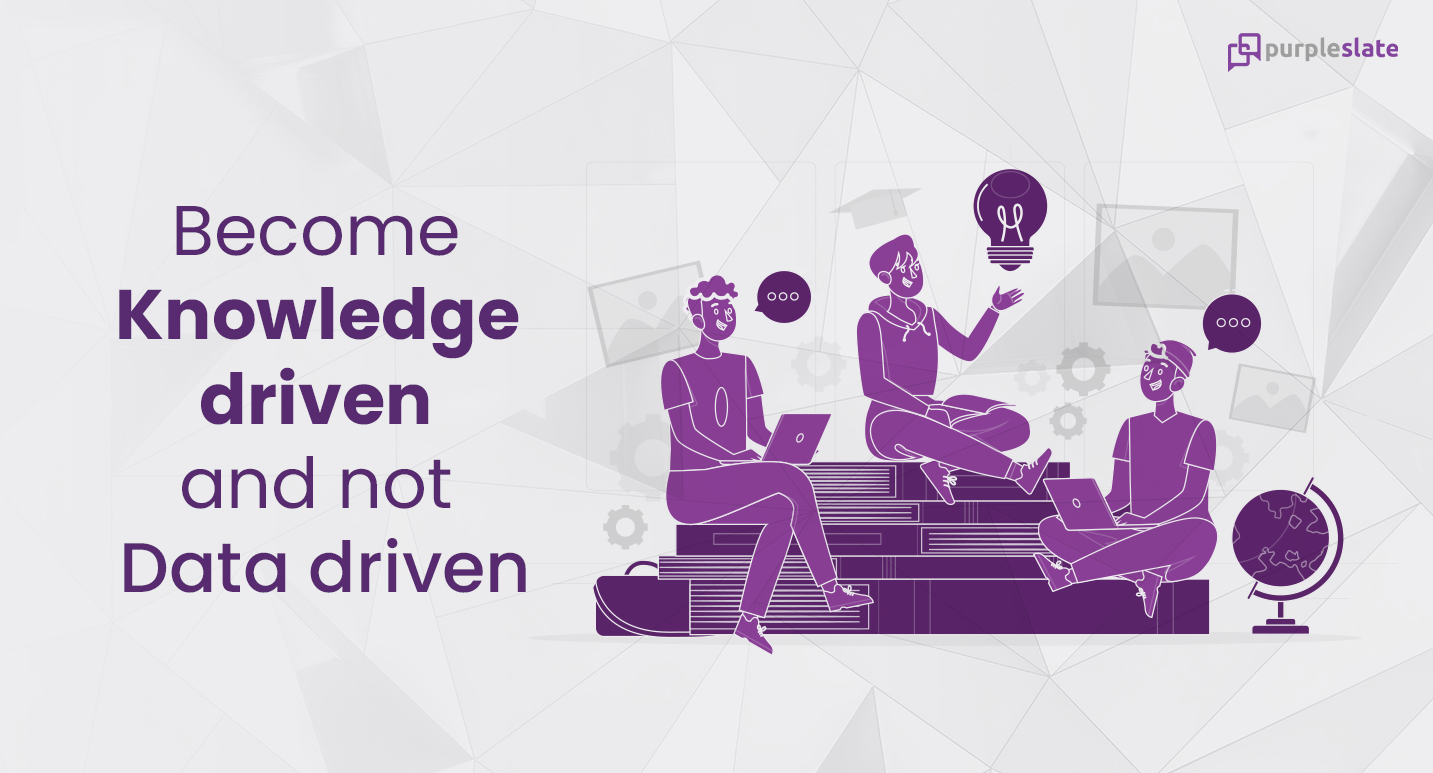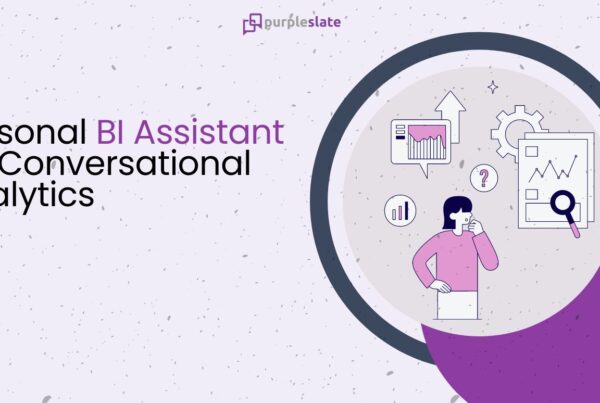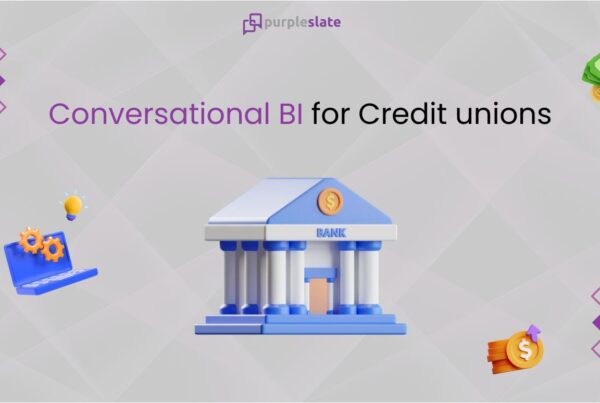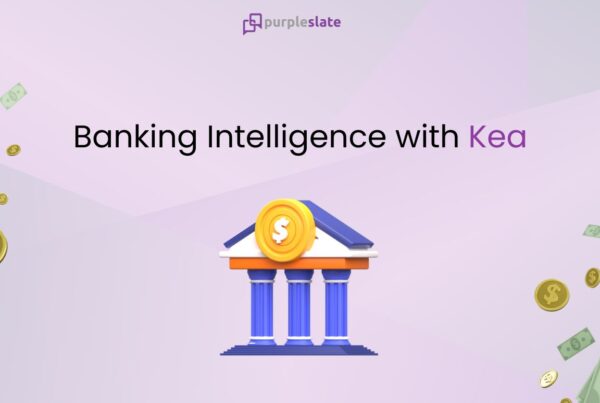
It might sound a bit odd to have a title that goes against the widely accepted and widely popular dogma of the modern world – being data-driven. But, it is okay to break dogmas. Anything that exists for the sake of it should be questioned and eliminated
In an increasingly digital world, spitting out huge volumes of digital exhaust in the form of data has resulted in following this narrative of being data-driven. No question that vast amounts of data do result in us making informed decisions. Goes without saying that you cannot improve on anything that you cannot measure.
It is also equally important to realize the difference between Data, Information and Knowledge. With vast amounts of data generated every day, it is very important for us to realize the difference and in the absence of this definition, we tend to misplace priorities on one over the other and overtly end up living in a predominantly ignorant world.
Here is a quick primer on the definition of Data, Information and Knowledge. Your smartphone showing a value in the raw, numerical form of 100 is a piece of data. Making that number available with some context and semantics in the form of ‘You walked 100 steps’ is a piece of Information. Knowing that ‘100 steps’ is not sufficient and I better get moving is knowledge.
The one aspect of any information access software that is extremely important these days is the way it helps any user easily convert Data into Information and thereby aligning well or adding to the Knowledge level of the user of data. This can very well be observed in how any analytics output is accepted well within an organization – it has to closely align with the knowledge level of the expert.
This aspect of transcending from Data to Information and thereby supplementing the Knowledge level is one of the primary goal of Kea. Even calling it as the Smart, Virtual Data Analyst that lets you engage in a meaningful conversation on Data. Let’s look at some examples.
A value of 10,000 could be a data point in the enterprise revenue data store.
Providing that as an answer to a question of ‘What is the Sales in the 2nd quarter?’ is Information.



For an IT Manager, the information need could be as simple as finding out the cloud infrastructure spend for the previous month. For example, you might ask: “What was my infrastructure spend for last month?”


This is a great example of how data can be converted into information, which adds to the knowledge of someone who cares about the data. This knowledge could potentially be used to make decisions or take meaningful actions based on the context.

However, what is important is how the measurement and data gets converted into information that supplements the user’s intuition and knowledge. In today’s data-rich world, there is an imperative need for such a piece of software and AI just makes it possible.
It’s okay to break dogmas and think outside the box. Make the switch from being data-driven to knowledge-driven.
Ask us how Kea can help you make that switch.




